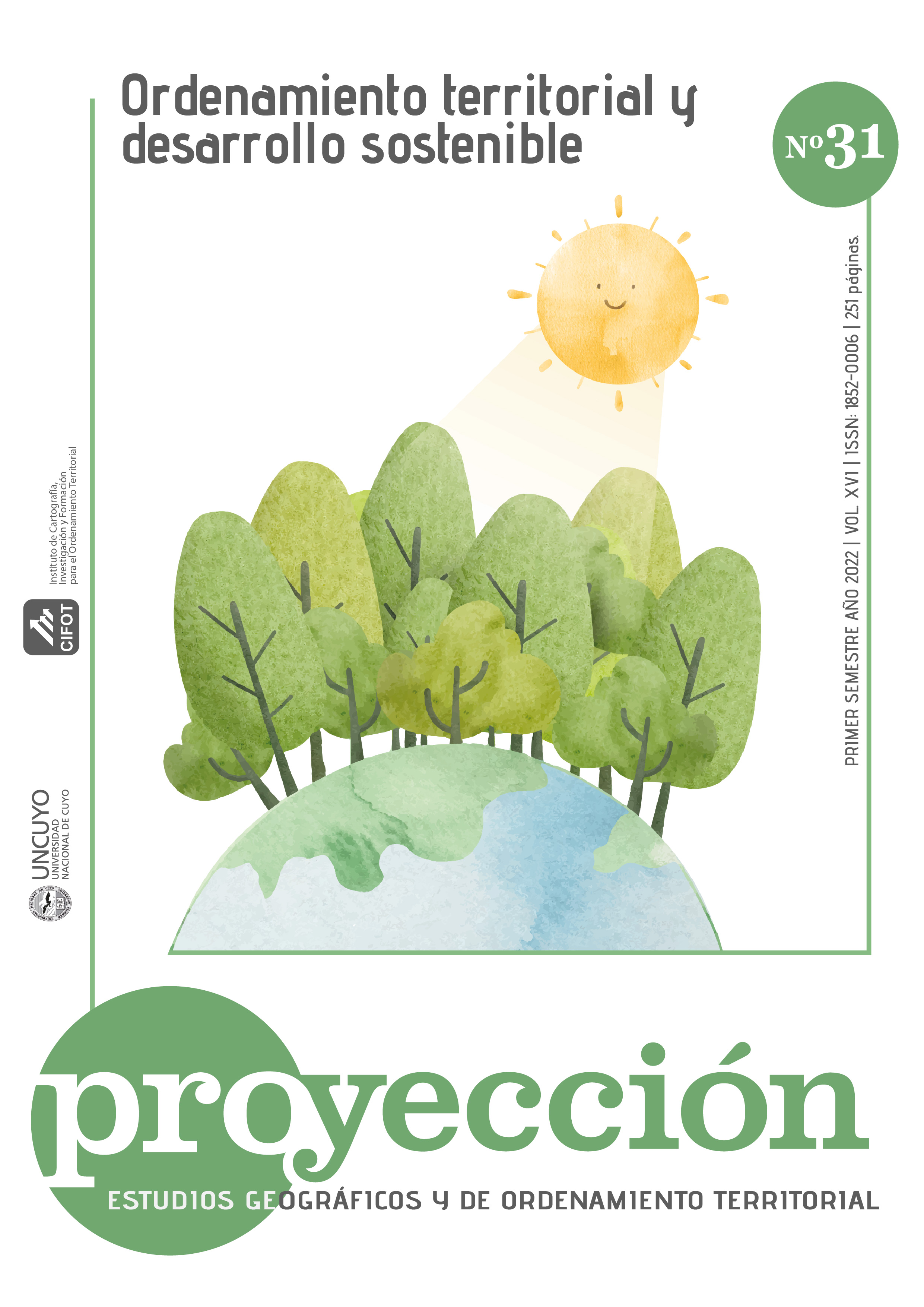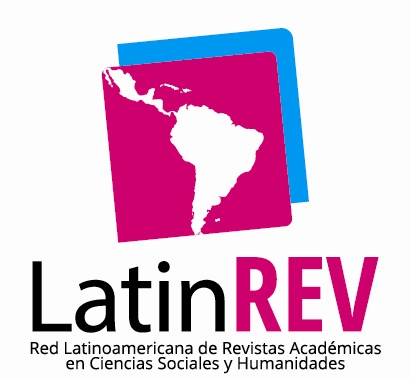Territorial distribution of the demographic transition of the State of Mexico, 1980-2020
DOI:
https://doi.org/10.48162/rev.55.020Keywords:
transition, demography, birth rate, mortality, bivariate analysisAbstract
The demographic transition for the State of Mexico has presented differences through time and space. This work begins with the elaboration of the graphic analysis of the general population and by large age groups for the State of Mexico, which shows a panorama of the change in the distribution of the population. The research is about the territorial distribution of the demographic transition, where the different areas correspond to the stages of the transition. This was generated by obtaining percentages of the total population of the entity for each group; while the territorial determination of the various stages of the demographic transition was based on different methods that resulted in this distribution. The indicators considered in the demographic transition were the birth and death rates, using as a base the variables of registered births and registered hospital deaths, as well as the total population for the period 1980-2020. The statistical methods used were the Mean Index Value (MIV) and bivariate analysis. The results obtained show that the distribution of some stages of the demographic transition for the State of Mexico is randomly distributed.
References
CÁCERES, R. Á. (2007). ESTADÍSTICA APLICADA A LAS CIENCIAS DE LA SALUD. España: Díaz de Santos.
CELADE. (20 de 01 de 2020). Centro Latinoamericano y Caribeño de Demografía (CELADE). Obtenido de Comisión Económica para América Latina y el Caribe: https://www.cepal.org/es/equipo/centro-latinoamericano-caribeno-demografia-celade
GÓMEZ DE LEÓN CRUCES, J., & PARTIDA BUSH, V. (2001). Niveles, tendencias y diferenciales de la mortalidad. En J. Gómez de León Cruces, & C. Rabell Romero, En La población de México. Tendencias y perspectivas sociodemográficas hacia el siglo XXI (págs. 81-108). México: Fondo de Cultura Económica.
HABER, A., & RUNYON, R. P. (1973). Estadistica General. E.U.A.: addison wesley iberoamericana.
INEGI. (06 de 07 de 2021). Instituto Nacional de Estadística y Geografía . Obtenido de Instituto Nacional de Estadística y Geografía : https://www.inegi.org.mx/
JOHNSTON, R. J. (1984). Multivariate Statistical Analysis in Geography. Hong Kong: Longman .
LOZA, A. G. (1989). La metodologia del valor indice medio. Boletín del Instituto de Geografía. UNAM, 69 - 87.
LUQUE, A. L. (2011). Transición demográfica y migración en sonora. Un estudio regional de la evolución de la población durante la segunda mitad del siglo xx. Barcelona: Universidad Autònoma de Barcelona.
ORTEGA ORDÓÑEZ, X., & JAVIER VILLAMARÍN, F. (2013). ociología, economía y dinámica de la población: una aproximación teórica y empírica al estudio de la transición demográfica. Revista TENDENCIAS, 59-74.
PAZ, K. (2007). MEDIA ARITMÉTICA SIMPLE . Guatemala: Facultad de Ingeniería - Universidad Rafael Landívar.
PERREN, J. (2008). Transición demográfica. Modelos teóricos y experiencia latinoamericana. Critical Journal of Social and Juridical Sciences.
SANTOS, H. Y. (2017). Transición demográfica en Honduras y su Incidencia en el desarrollo. Revista Perspectivas del Desarrollo, 90-102.
SINAIS. (25 de 07 de 2021). Sistema Nacional de Información en Salud. Obtenido de Sistema Nacional de Información en Salud: http://www.dgis.salud.gob.mx/contenidos/sinais/subsistema1.html
VELASCO, P. R. (2014). Geodemografía "Una introducción al análisis geográfico de la población". Santander: Universidad de Cantabria.
Downloads
Published
How to Cite
Issue
Section
License
Copyright (c) 2022 Jesus Emilio Hernandez

This work is licensed under a Creative Commons Attribution-NonCommercial-ShareAlike 3.0 Unported License.
La revista Proyección establece las siguientes condiciones de publicación para los/as autores/as:
- Los/as autores/as conservan los derechos de autor y ceden a la revista el derecho de publicación bajo la Licencia Creative Commons Atribución-No Comercial-CompartirIgual 3.0 No portada (CC BY-NC-SA 3.0) que permite a terceros copiar, distribuir, exhibir y ejecutar la obra citando siempre la fuente y los datos de autoría según la norma prevista por la Revista Proyección. Esta licencia no permite el uso de la obra con fines comerciales.
- Todos los trabajos publicados por Proyección, Estudios Geográficos y de Ordenamiento Territorial serán bajo la modalidad de gratuidad para autores/as y lectores/as.













